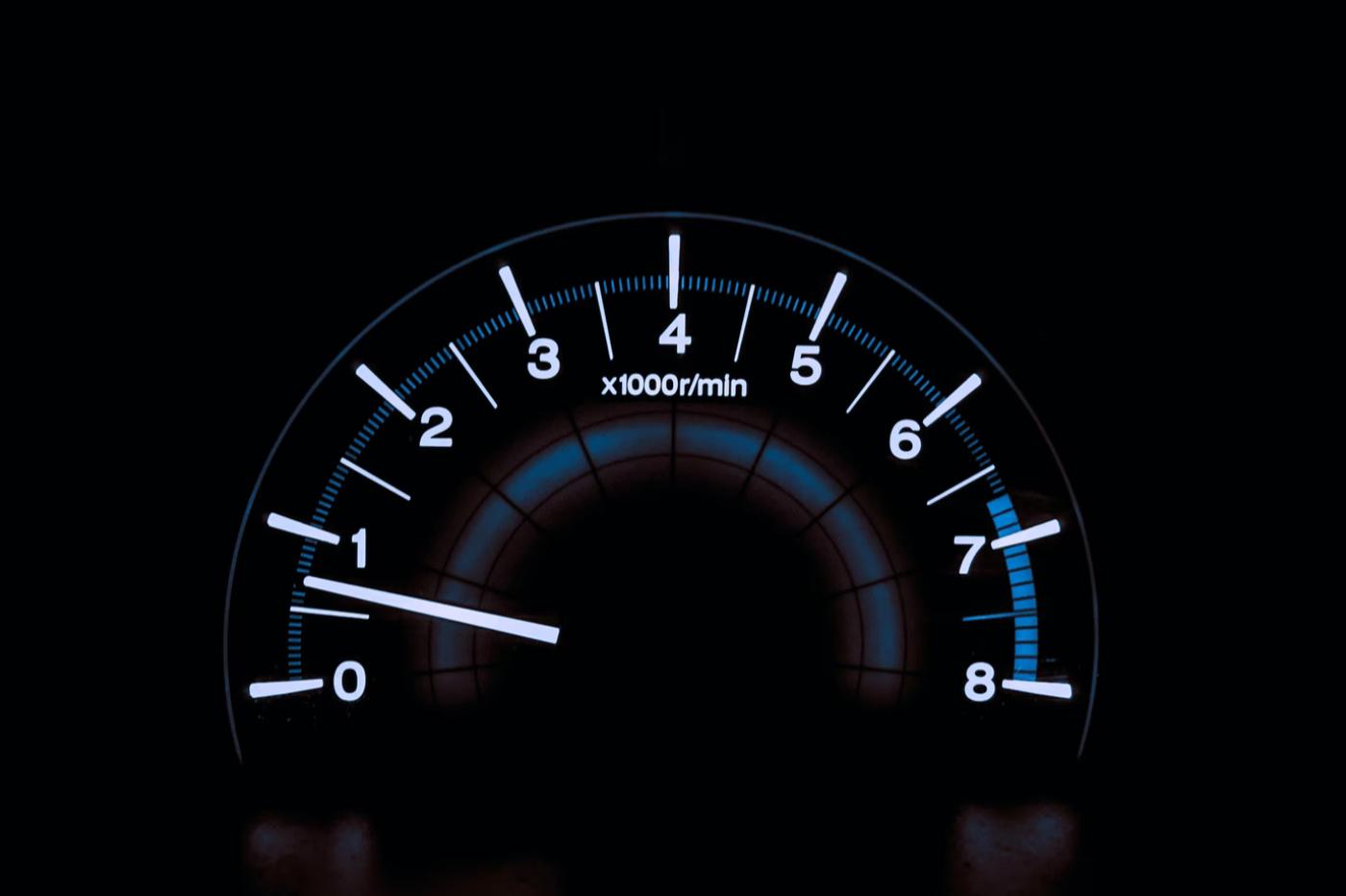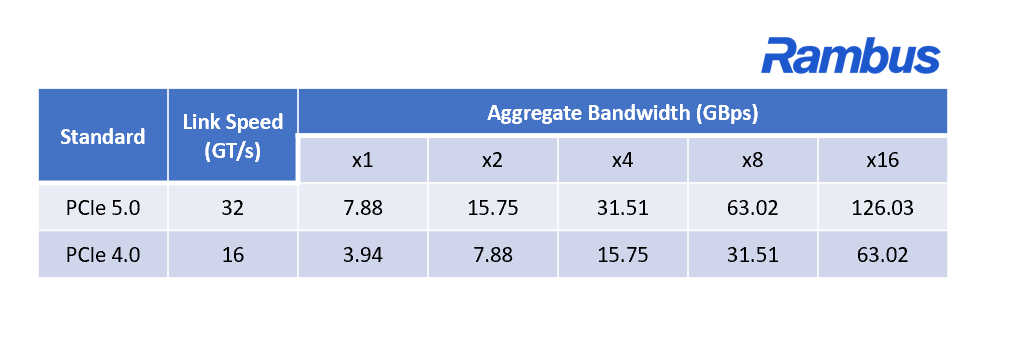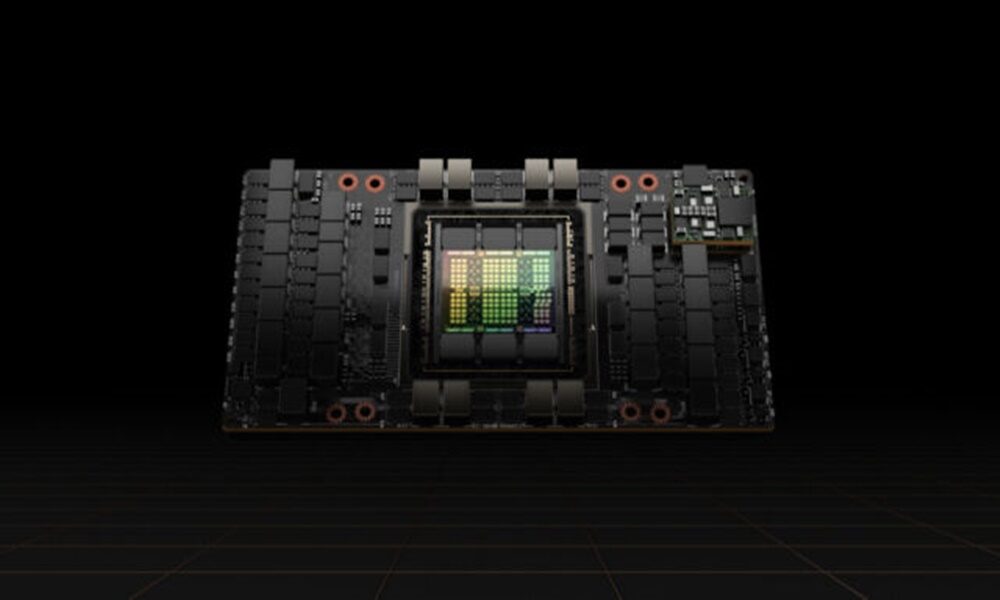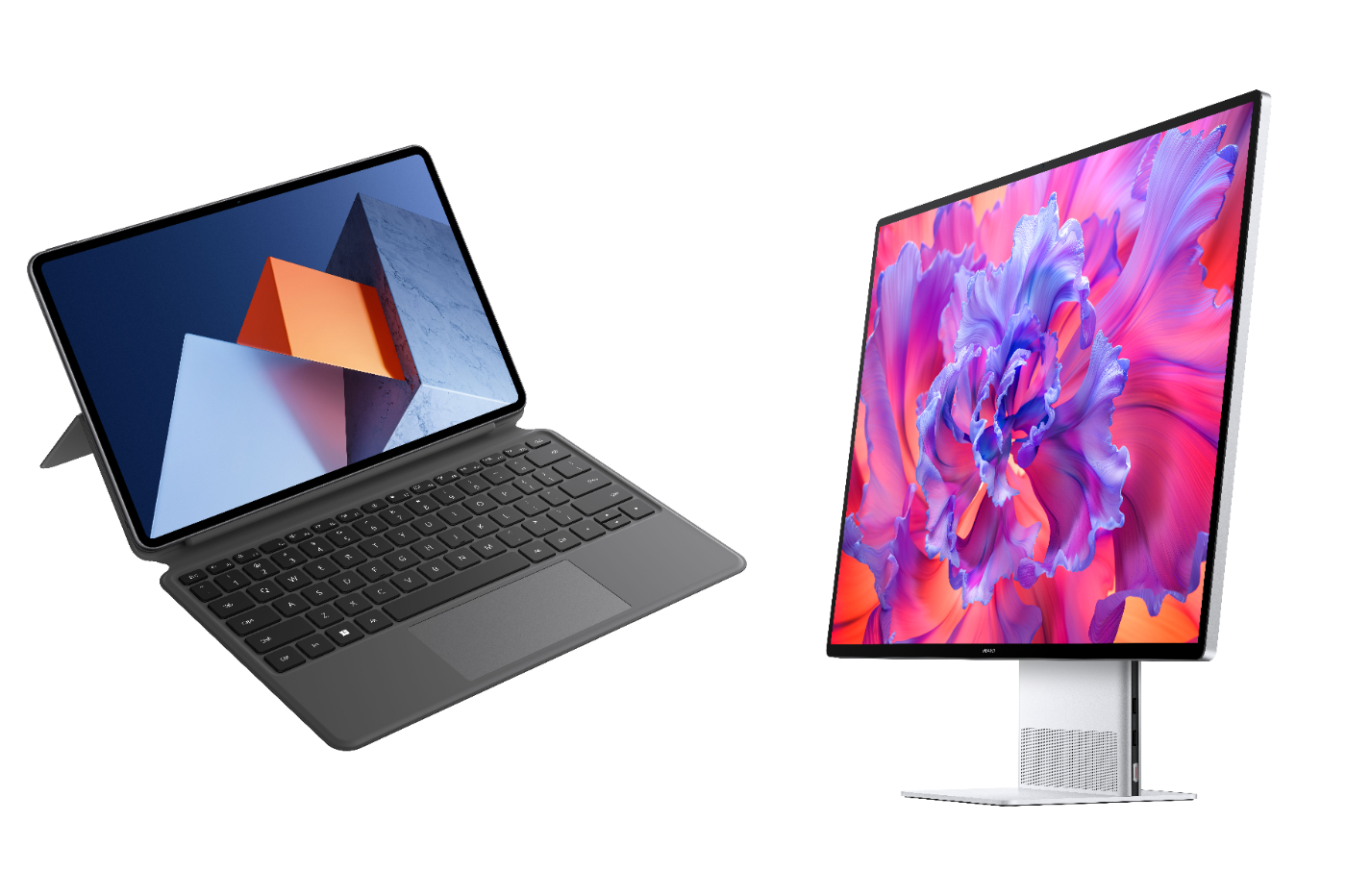
With more than 13 GB per second, we can already say that the arrival of this technology on the market will be a small revolution.
Among all the generational advances that punctuate research and development in hardware, advances in data storage and transfer technologies are among the most significant. And with the latest demonstration of PCIe 5.0 technology, there is already evidence that a small revolution awaits the PC world.
Indeed, the theoretical maximum speed of PCIe lanes tends to double with each generation. This had increased from 8 to 16 GT / s during the transition from PCIe 3.0 to PCIe 4.0. With PCIe 5, this figure now reaches 32 GT / s per line. We can therefore reasonably expect transfer speeds that are breathtaking to say the least.
Perks of the job! Was going to save this demo for # CES2022 but with that off the table, why not just share it with everyone right now ?! Here’s a 12th Gen@intelCore i9-12900K system paired with a new@SamsungPM1743 PCIe 5.0 SSD getting over 13GB / s !! pic.twitter.com/oyL08KzDtV
– Ryan Shrout (@ryanshrout) December 30, 2021
Ryan Shrout, one of the big hardware chieftains at Intel, offered us a small benchamark Iometer from a brand new Samsung PM1743. This is a PCIe 5.0 SSD model that will be among the first to hit the market; it is therefore the perfect guinea pig to appreciate the performance of this rapidly approaching technology.
It has been integrated into a machine that is certainly very high-end (12th generation Core i9 and an RTX 3080 EVGA,), but relatively standard since it does not embed any exotic transfer technology except PCIe 5. As a substitute benchmark, he started by testing a PCIe 4.0 SSD. The exact model was not specified, but Shrout nevertheless explains that it is a very high-end SSD; this one managed to flirt with the 7 GB / s transfer. A figure which corresponds more or less to the theoretical maximum in the configuration used.
Over 13 GB / s without sweating

On the other hand, it is without comparison with what the PM1743 has under the hood. With the same Iometer benchmark, the new kid simply crushed its predecessor with … 13.8 GB / s. Enough to transfer any file in less time than it takes to say it!
Obviously, for this test, Shrout had a machine that was perfectly configured and equipped with the latest generation equipment. To hope to reproduce these transfer speeds in real conditions, it will therefore be necessary to have certain technical skills and the very best of current equipment.
But at the end of the day, it’s still an impressive demonstration and one that will change a lot in practice. Because these storage technologies are ubiquitous; all users will benefit, from beginners who transfer a few photos by USB to professional editors who work with excruciatingly heavy files on a daily basis. There is something to be impatient with!



